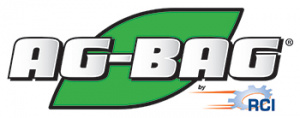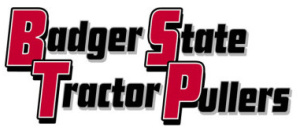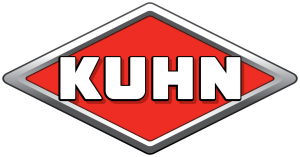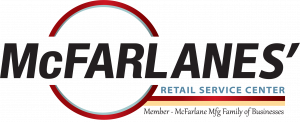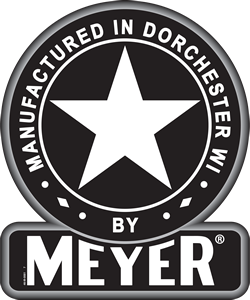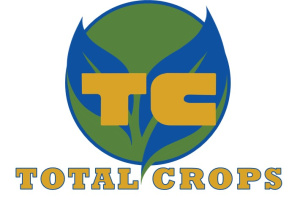News and Events
Silage safety - revisited
Posted On: November 05, 2019
 By Keith K. Bolsen, Professor Emeritus, Kansas State University
By Keith K. Bolsen, Professor Emeritus, Kansas State University
I will begin my 50th year of working in the silage industry on January 1, 2020. This includes 32 years as a professor at Kansas State University, where I conducted over 300 research trials on silage production and management, and 18 years as a silage consultant for dairies, feedyards, and companies who provide silage-related products and services.
There are two things I know for sure about silage: it is 365 days a year and it is not safe! I found out about silage safety the hard way on Saturday afternoon, June 16, 1974. We were making dough-stage wheat silage at the K-State Beef Cattle Research Farm. The silo blower plugged for about the eighth time that afternoon, and I started to dig the forage out from the throat of the blower. The PTO shaft was making one more very slow revolution. Zap! When I pulled my hand from the throat of the blower, I knew that I had made a terrible mistake. The blower blade cut the ends off of three fingers on my right hand. Why did the accident happen? I was tired, frustrated, losing the harvest window, in a hurry, and not paying attention.
Every silage-related accident is avoidable, which is why my wife, Ruthie, and I started the Keith Bolsen Silage Safety Foundation two years ago. Our foundation’s goal is for everyone involved in a silage program on farms, dairies, feedyards, and custom silage operations to return to his or her family safe every day.
I encourage accident survivors to tell their stories in hopes that others will feel compelled to take actions to prevents injury … or worse … in their own silage program. The following testimonials are published on the foundation’s website:
Ted Gramm’s family cattle operation in west-central Minnesota used a custom operator for the first time and over-filled a bunker silo with corn silage. The feed-out face was 15 to 16 feet high. Ted was doing chores and calving cows in the late afternoon on a Sunday in early March 2001. Ted recalls, “It hadn’t been a good day; it was gloomy, I didn’t get to go to church, and I was feeling down about a lot of things.
My family knew that I probably wouldn’t make it home for supper.” When Ted was ready to feed silage, he noticed that a tire had come down off the pile. He walked up and grabbed the tire, and that was the last thing he knew … the avalanche hit him. In Ted’s words, “Only by the Powers from Above did my brother drive in the yard, see me get buried, and knew where I was. He managed to find me and pull me out.” Ted suffered displaced ankles and had surgeries on both knees. Ted continued, “These types of things are real … they happen. During the minute or so that I was buried I could see my kids around the table. A lot of things flashed through my mind. Footnote: Ted fully recovered from his injuries and is a sales supervisor for Purina in Hancock, MN.
Kenneth Sampson of Westfield, WI was injured last July while removing spoilage from the surface of a bunker silo of first cut alfalfa silage. He was standing in the payloader bucket, which had been raised to within about 2 to 3 feet of the top of the 20-foot high silage face. Kenneth slipped on the slick floor of the bucket. He landed on his right knee first, breaking it and then severely bruised his left knee before he landed on his left shoulder, breaking it. Kenneth said he was lucky not to have hit his head or been impaled on the pitchfork, which had been thrown into the air during his fall. Kenneth was lying in the bucket by himself, in extreme pain, and without his cell phone.
After about 15 minutes, Kenneth managed to stand up, grab the plastic on top of the bunker, and pull himself out of the bucket and onto the silage. Kenneth said later that he had been removing surface spoilage from the bunker silos for about 13 years. On the day of the accident, he was complacent and thinking about the next job he had to do on the dairy. Footnote: Kenneth is in physical therapy and recovering from his injuries. He expects to return to work in a few months.
Those affected by a silage-related accident never forget the impact a pile of silage or a piece of equipment had on their lives. However, dairies and feedyards can put silage safety guidelines in place that help prevent a negative outcome and a personal tragedy in their silage program.
Our mission is to build awareness through the foundation, which is non-profit and funded through donations and gifts. We provide silage safety educational resources free of charge to anyone who requests them. This includes ’Silage Safety 101’ handbooks in English and Spanish, PowerPoints, and videos.
I have given presentations on silage safety in 15 states, and our foundation has distributed over 9,000 handbooks. The handbook presents eight common hazards encountered in managing bunker silos and drive-over piles, and detailed accounts of case study accidents involving each hazard. Guidelines for the way each hazard can be eliminated, reduced, or controlled are outlined and discussed.
Learn more about the Keith Bolsen Silage Safety Foundation at: www.silagesafety.org





